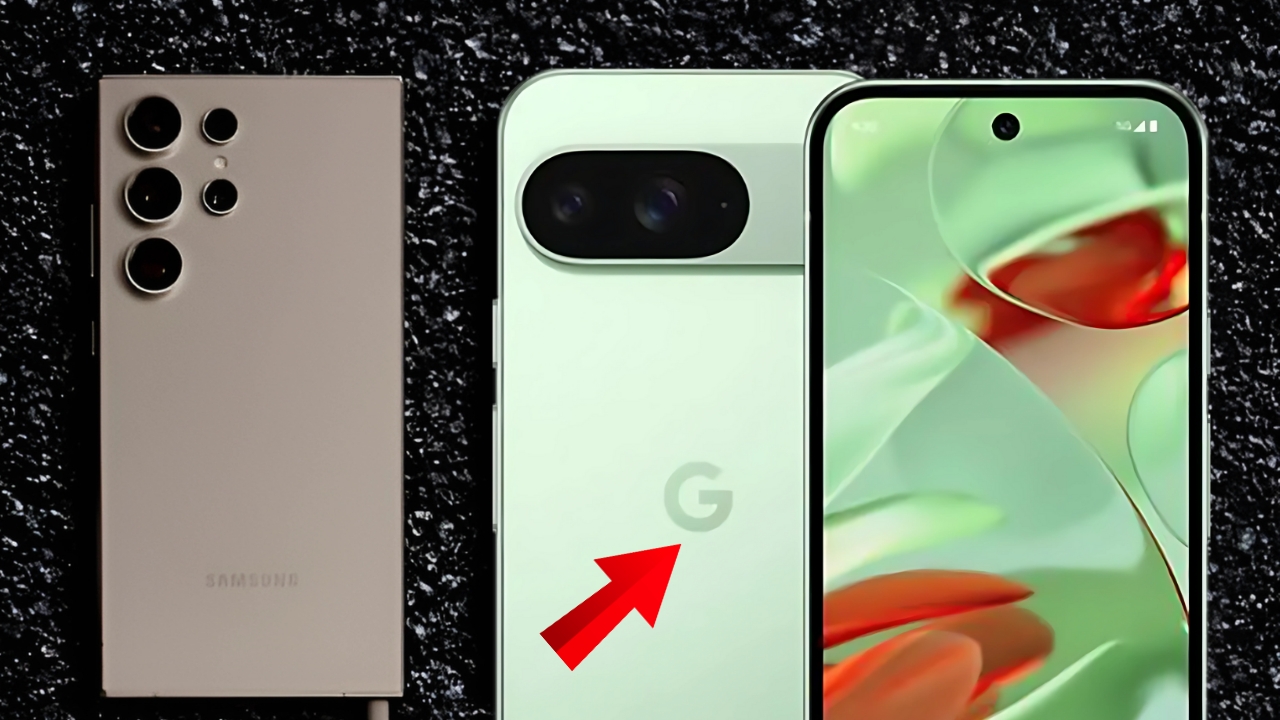Pixel 9 and Galaxy S25: Looking at the smartphone landscape today, there’s something pretty remarkable happening that most people might not fully appreciate yet.
Both Google’s Pixel 9 series and Samsung’s Galaxy S25 lineup are promising something that seemed impossible just a few years ago: seven full years of software support. But what does this actually mean for you as someone considering one of these phones?
Let’s start with the basics. When we talk about software updates, we’re really talking about two different things. First, there are the big Android version updates that bring new features, redesigned interfaces, and improved functionality. Think of these as the major renovations to your phone’s operating system.
Then there are security updates, which are like the regular maintenance that keeps your digital life safe from new threats and vulnerabilities.
Both the Pixel 9 and Galaxy S25 families are committed to delivering both types of updates for seven years from their respective launch dates. The Pixel 9 series will receive guaranteed updates until at least August 2031, while the Galaxy S25 series will get software updates until 2032.
That’s genuinely groundbreaking when you consider that just five years ago, most Android phones were lucky to get two or three years of support.
Why This Actually Matters to You
Here’s why this matters more than you might think. Most people keep their phones for much longer than tech enthusiasts realize. While the loudest voices online might upgrade every year or two, real-world usage patterns show many people holding onto their devices for four, five, or even six years.
Previously, this meant living with increasingly outdated software and, more concerning, growing security vulnerabilities.
The shift toward longer support windows represents a fundamental change in how these companies think about their relationship with customers. Google shares the top spot as the market leader in the Android space with Samsung, with both currently offering seven years of software support for their high-end devices.
This isn’t just about keeping up with Apple anymore – it’s about acknowledging that smartphones have become essential tools that people depend on for years.
Changing How You Think About Phone Purchases
What makes this promise particularly interesting is how it affects your purchasing decision.
When you buy a Pixel 9 or Galaxy S25 today, you’re not just buying a phone for the next couple of years. You’re investing in a device that will remain current, secure, and functional well into the 2030s. That changes the value proposition significantly.
Consider the environmental impact too. Longer software support means fewer people feeling pressured to upgrade due to outdated software. When your phone continues receiving new features and security patches year after year, the urge to replace it diminishes considerably.
This extended lifecycle approach aligns with growing consumer awareness about electronic waste and sustainable consumption.
What Seven Years Really Means
But let’s be realistic about what seven years actually means in practice. Google has explained that 7 years of updates will include Android OS updates and security updates for a total of seven years, with Pixel Feature Drops “may or may not” being included in that timeline.
This means you’ll definitely get the core Android updates and monthly security patches, but some of the flashier new features might not make it to older devices as the years progress.
There’s also the question of performance. While both companies promise the updates, they can’t promise that a seven-year-old phone will run the latest software as smoothly as a brand-new device.
Battery degradation, hardware limitations, and the increasing demands of newer software versions will inevitably take their toll. However, both Google and Samsung have made significant improvements in software optimization that suggest these devices should remain usable longer than previous generations.
Standing Apart from the Competition
The competitive landscape makes this commitment even more impressive. All other Android manufacturers are far behind Samsung and Google in this area. Motorola, for example, offers five years of software updates, but only for one phone — most others only get two
. This creates a clear divide in the Android ecosystem between the premium, long-term support devices and everything else.
Interestingly, Samsung has gone even further with a special variant. The Galaxy S25 Enterprise Edition is specially designed for businesses and ships with Knox Suite built in, with eight years of OS updates — up to Android 23. While this version isn’t aimed at regular consumers, it demonstrates the technical feasibility of even longer support periods.
Making Your Choice
For someone choosing between these two options, the update policies are essentially equivalent. Both offer the same seven-year commitment, both include major Android versions and security patches, and both represent the current industry standard for premium device support.
Your choice between Pixel 9 and Galaxy S25 will likely come down to other factors: camera preferences, design aesthetics, specific features, or ecosystem integration.
The Bigger Picture
The broader implications extend beyond individual purchasing decisions. This level of commitment requires significant ongoing investment from both companies.
They need to maintain software engineering teams dedicated to older devices, test updates across multiple hardware generations, and coordinate with component suppliers for extended periods. The fact that both Google and Samsung are willing to make this investment suggests confidence in their long-term business strategies.
Looking ahead, seven years of updates might become the new baseline expectation for premium smartphones. As manufacturing costs rise and upgrade cycles lengthen naturally, extended software support becomes a key differentiator and value proposition.
The companies that can deliver on these promises while maintaining good performance will likely capture increasing market share from those that can’t.
What This Means for You
For consumers, this represents a fundamental shift in how to think about smartphone ownership. Instead of planning for a replacement in two or three years, you can now reasonably expect your premium device to remain current and secure well into the next decade. That’s not just good for your wallet – it’s good for the planet too.
